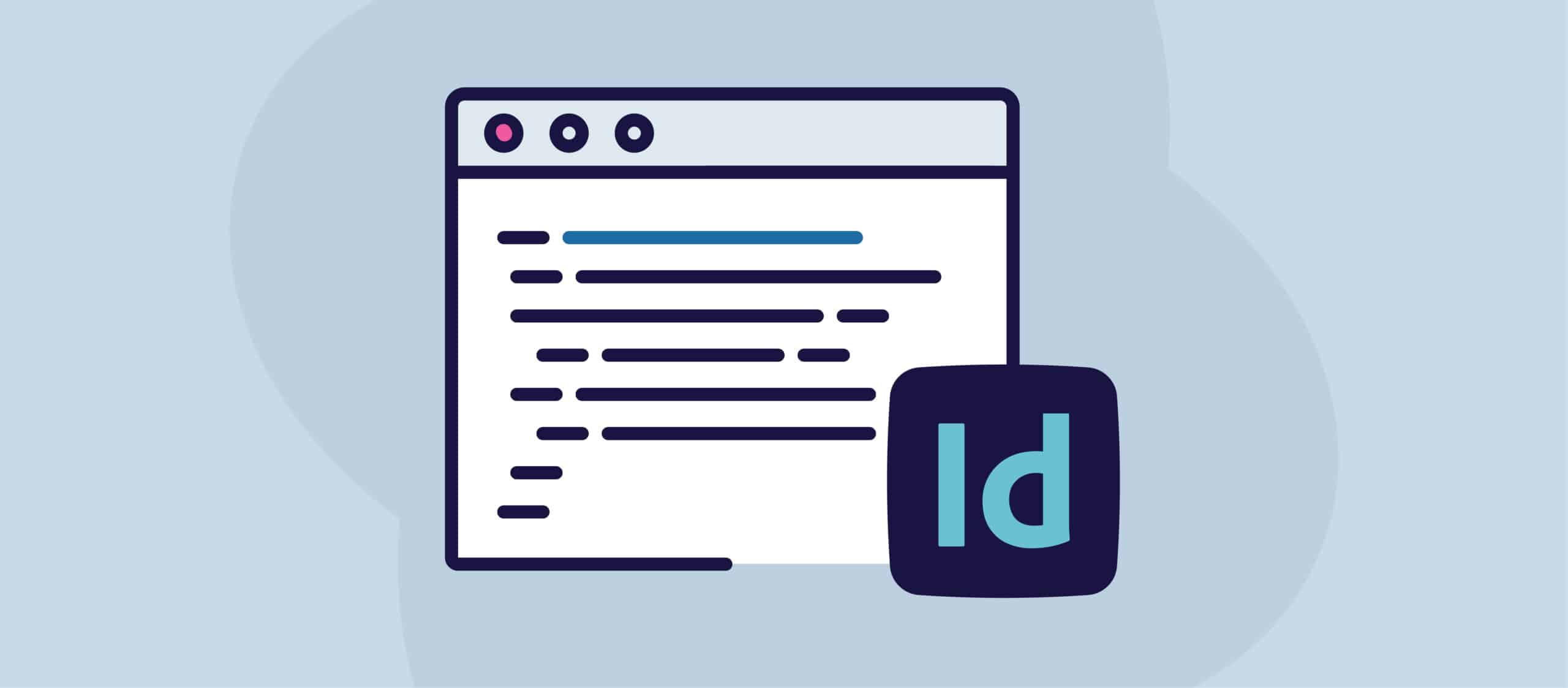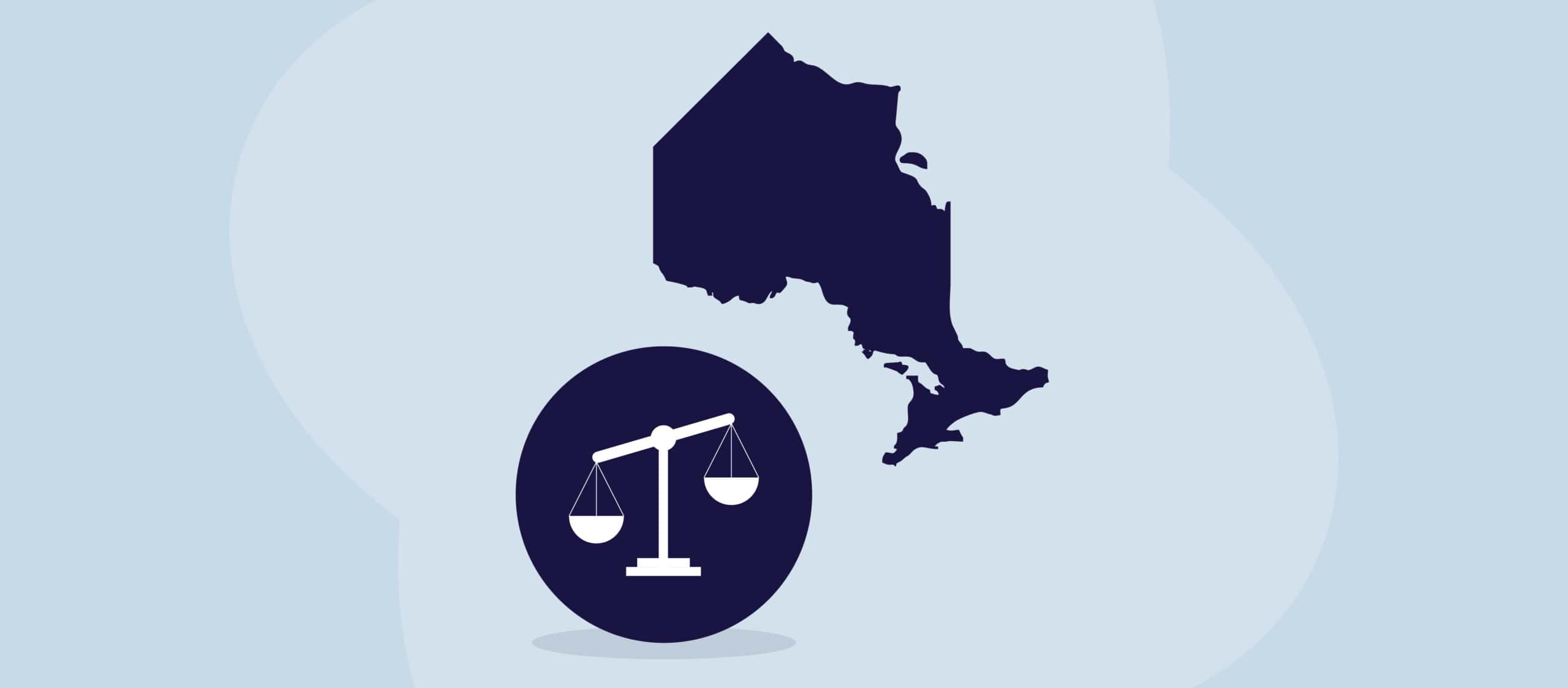Depending on where you work, accessibility laws vary from country to country. In this blog, we’re tackling everything you need to know about accessibility laws around the world!
But first, what are the four principles of accessibility?
The four principles of accessibility are a framework for designing and evaluating digital content and services to ensure that they are accessible to people with disabilities. The principles are:
- Perceivable: Information and user interface components must be presented in a way that can be perceived by all users, including those with visual, auditory, and other sensory disabilities. This includes providing alternative text for images, captions for videos, and clear and consistent navigation.
- Operable: User interface components and navigation must be operable by all users, including those with mobility disabilities. This includes providing keyboard accessibility, ensuring that users have enough time to interact with content, and avoiding content that can cause seizures.
- Understandable: Information and the operation of user interface must be understandable by all users, including those with cognitive disabilities. This includes using clear and simple language, providing instructions and feedback, and ensuring consistency and predictability in the user interface.
- Robust: Content must be robust enough that it can be interpreted reliably by a wide variety of user agents, including assistive technologies. This includes using standard HTML markup, providing accessible document formats, and testing for compatibility with a variety of browsers and devices.
These principles were developed by the World Wide Web Consortium (W3C) as part of the Web Content Accessibility Guidelines (WCAG), which are widely recognized as the standard for digital accessibility. By following these principles, designers and developers can ensure that their digital content and services are accessible to as many people as possible, regardless of their abilities.

Is accessibility a legal requirement?
In many countries, including the United States, Canada, the United Kingdom, and many countries in the European Union, accessibility is a legal requirement. Laws and regulations require that digital content and services be accessible to people with disabilities, and failure to comply with these laws can result in legal action, such as lawsuits or fines.
In addition to legal requirements, many organizations have adopted accessibility as a best practice to promote inclusion and ensure that their products and services are accessible to everyone, regardless of their abilities.
It is important to note that accessibility requirements vary by country and by industry. It is important to consult the relevant laws and regulations to ensure compliance.
What are the accessibility laws in the US?
In the United States, there are several accessibility laws that apply to different types of content and services. Some of the major accessibility laws include:
- Americans with Disabilities Act (ADA): The ADA is a federal law that prohibits discrimination against people with disabilities in public accommodations, including physical spaces and digital content. The ADA applies to both public and private entities, including websites and other digital services.
- Section 508 of the Rehabilitation Act: Section 508 is a federal law that requires federal agencies to ensure that their electronic and information technology is accessible to people with disabilities, including employees and members of the public.
- Web Content Accessibility Guidelines (WCAG): The WCAG are a set of guidelines developed by the World Wide Web Consortium (W3C) that provide a framework for making web content accessible to people with disabilities. The WCAG are widely recognized as the standard for digital accessibility and are often used as a reference by courts and regulatory agencies.
- Twenty-First Century Communications and Video Accessibility Act (CVAA): The CVAA is a federal law that requires that video programming and telecommunications services are accessible to people with disabilities.
- Fair Housing Act (FHA): The FHA is a federal law that prohibits discrimination in housing on the basis of disability, and requires that certain multifamily housing units are designed and constructed to be accessible to people with disabilities.
These laws apply to a wide range of digital content and services, including websites, mobile applications, electronic documents, video content, and more. Organizations that fail to comply with these laws may face legal action, including lawsuits and fines.

What are the accessibility laws in Canada?
In Canada, there are several accessibility laws that aim to promote inclusion and accessibility for people with disabilities. Some of the major accessibility laws include:
- Accessible Canada Act (ACA): The ACA is a federal law that aims to create a barrier-free Canada for people with disabilities. The law requires federally regulated entities, including government agencies and organizations, to identify, remove, and prevent barriers to accessibility.
- Canadian Human Rights Act (CHRA): The CHRA is a federal law that prohibits discrimination on the basis of several grounds, including disability. The law applies to federal government entities, as well as organizations that fall under federal jurisdiction, such as telecommunications companies and airlines.
- Web Content Accessibility Guidelines (WCAG): The WCAG are a set of guidelines developed by the World Wide Web Consortium (W3C) that provide a framework for making web content accessible to people with disabilities. The WCAG are widely recognized as the standard for digital accessibility and are often used as a reference by courts and regulatory agencies in Canada.
- Provincial Accessibility Laws: Several Canadian provinces have also passed accessibility laws, including the Accessibility for Ontarians with Disabilities Act (AODA) in Ontario and the Accessibility Standards for Customer Service in British Columbia. These laws aim to improve accessibility in different areas, such as employment, transportation, and customer service.
Just like with the United States, these laws apply to a wide range of digital content and services, including websites, mobile applications, electronic documents, video content, and more. Organizations that fail to comply with these laws may face legal action, including fines and other penalties.
What are the accessibility laws in the UK?
In the United Kingdom, there are several accessibility laws that aim to promote inclusion and accessibility for people with disabilities. Some of the major accessibility laws include:
- Equality Act 2010: The Equality Act is a UK-wide law that prohibits discrimination on the basis of several grounds, including disability. The law applies to a wide range of settings, including employment, education, and the provision of goods and services.
- Public Sector Bodies (Websites and Mobile Applications) (No. 2) Accessibility Regulations 2018: These regulations require public sector bodies to ensure that their websites and mobile applications meet certain accessibility standards. The regulations are based on the Web Content Accessibility Guidelines (WCAG) 2.1 at the AA level.
- The Special Educational Needs and Disability (SEND) Code of Practice: The SEND Code of Practice provides guidance for schools and local authorities on how to support children and young people with special educational needs and disabilities.
- Building Regulations Part M: Building Regulations Part M requires new buildings and major refurbishments to be accessible to people with disabilities. The regulations apply to a wide range of building types, including homes, offices, and public buildings.
Again, these laws apply to a wide range of digital content and services, including websites, mobile applications, electronic documents, video content, and more.

What are the accessibility laws in Australia?
In Australia, there are several accessibility laws and standards that aim to promote inclusion and accessibility for people with disabilities. Some of the major accessibility laws and standards include:
- Disability Discrimination Act 1992: The Disability Discrimination Act is a federal law that prohibits discrimination on the basis of disability in many areas, including employment, education, and access to goods and services.
- Web Content Accessibility Guidelines (WCAG) 2.0: The WCAG 2.0 are a set of guidelines developed by the World Wide Web Consortium (W3C) that provide a framework for making web content accessible to people with disabilities. The WCAG are widely recognized as the standard for digital accessibility and are often used as a reference by courts and regulatory agencies in Australia.
- Australian Human Rights Commission (AHRC): The AHRC is a government agency that is responsible for enforcing the Disability Discrimination Act and promoting human rights in Australia. The AHRC provides information and resources on accessibility and disability rights.
- Disability Standards for Accessible Public Transport 2002: The Disability Standards for Accessible Public Transport provide requirements for public transport providers to make their services accessible to people with disabilities.
- National Disability Strategy: The National Disability Strategy is a framework that aims to improve the lives of people with disabilities in Australia. The strategy includes a focus on improving accessibility and reducing barriers to participation for people with disabilities.
These laws and standards apply to a wide range of digital content and services, including websites, mobile applications, electronic documents, video content, and more.
What are the accessibility laws in Europe?
In Europe, there are several accessibility laws and standards that aim to promote inclusion and accessibility for people with disabilities. Some of the major accessibility laws and standards include:
- Web Accessibility Directive: The Web Accessibility Directive is a European Union (EU) directive that requires public sector websites and mobile applications to meet certain accessibility standards. The directive is based on the Web Content Accessibility Guidelines (WCAG) 2.1 at the AA level.
- European Accessibility Act: The European Accessibility Act is a EU regulation that aims to harmonize accessibility requirements for certain products and services, including computers, smartphones, and banking services. The regulation sets accessibility requirements based on international standards, such as the WCAG.
- United Nations Convention on the Rights of Persons with Disabilities (UNCRPD): The UNCRPD is an international treaty that sets out the rights of people with disabilities. The treaty has been signed by the EU and its member states, and aims to promote inclusion and accessibility for people with disabilities.
- European Disability Strategy: The European Disability Strategy is a framework that aims to improve the lives of people with disabilities in the EU. The strategy includes a focus on improving accessibility and reducing barriers to participation for people with disabilities.
Just like the other regions mentioned, these laws and standards apply to a wide range of digital content and services, including websites, mobile applications, electronic documents, video content, and more.




